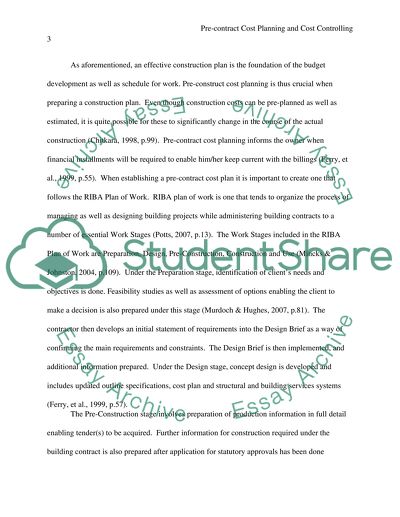Cite this document
(“Pre-Contract Cost Planning and Cost Controlling Assignment”, n.d.)
Retrieved from https://studentshare.org/engineering-and-construction/1446087-pre-contract-cost-planning-and-cost-controlling
Retrieved from https://studentshare.org/engineering-and-construction/1446087-pre-contract-cost-planning-and-cost-controlling
(Pre-Contract Cost Planning and Cost Controlling Assignment)
https://studentshare.org/engineering-and-construction/1446087-pre-contract-cost-planning-and-cost-controlling.
https://studentshare.org/engineering-and-construction/1446087-pre-contract-cost-planning-and-cost-controlling.
“Pre-Contract Cost Planning and Cost Controlling Assignment”, n.d. https://studentshare.org/engineering-and-construction/1446087-pre-contract-cost-planning-and-cost-controlling.


